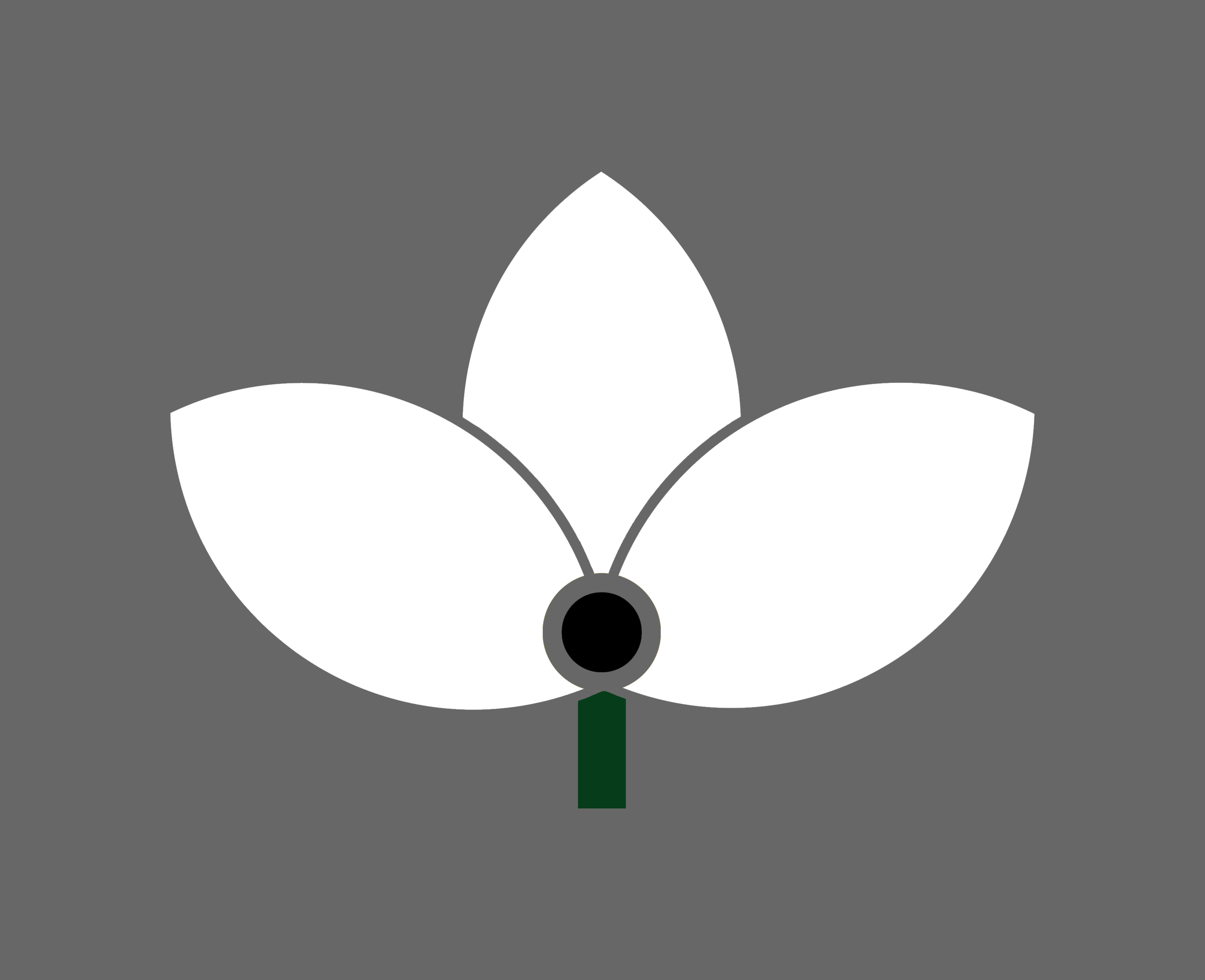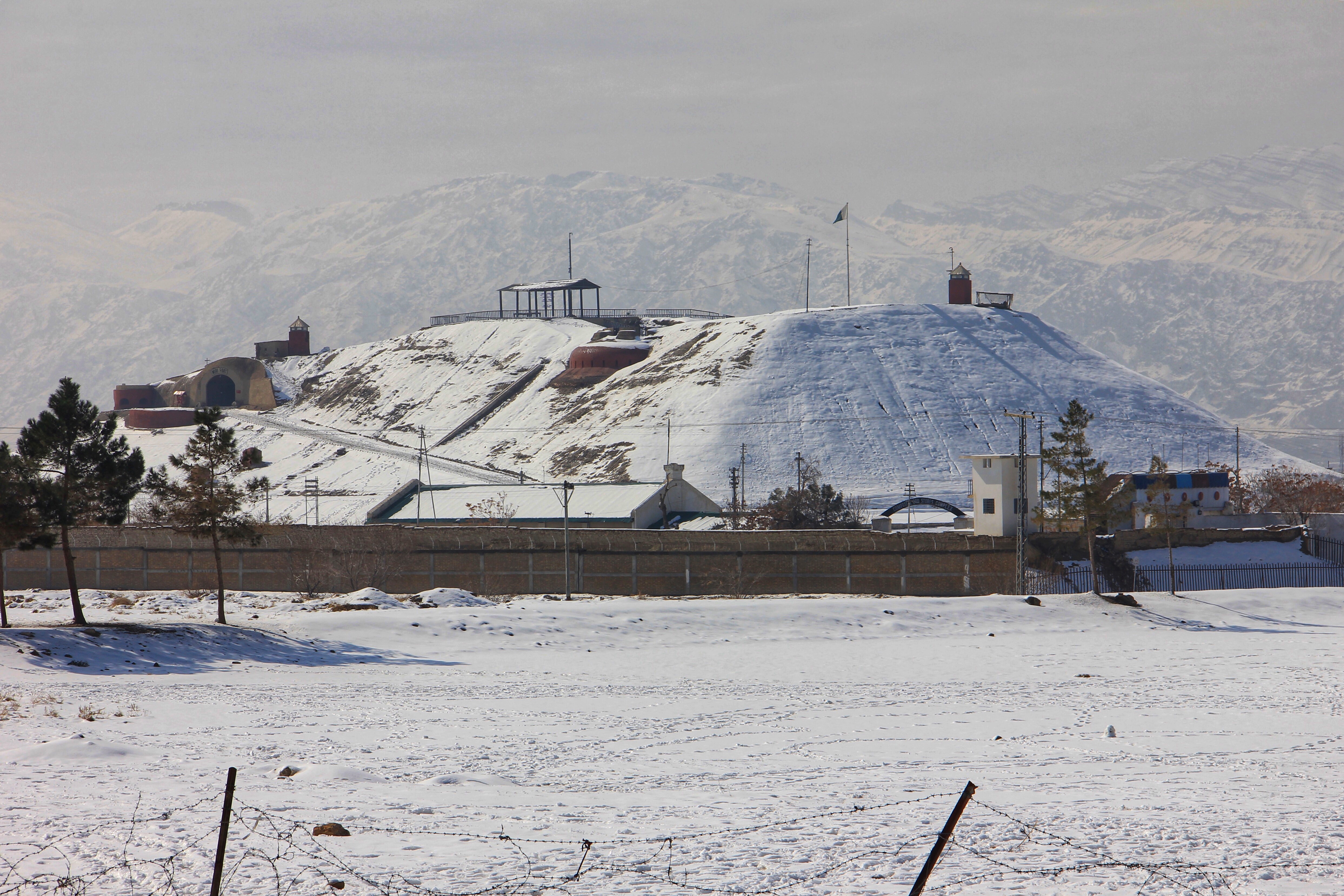|
Baloch Long March
The March Against Baloch Genocide was a protest march led by Mahrang Baloch and other Baloch women of the Baloch Yakjehti Committee in December 2023, who were marching towards the Pakistani capital Islamabad to protest human rights violations and Forced disappearances in Pakistan, enforced disappearances in Balochistan, Pakistan, Balochistan. The march was a response to the growing number of Forced disappearances in Pakistan, enforced disappearances and extrajudicial killings in the region. Background The march was spurred by the death of Balaach Mola Bakhsh in November 2023. Bakhsh was arrested on November 20, with explosives in his possession according to the Counter Terrorism Department (Pakistan), Counter Terrorism Department (CTD). He appeared in court on November 21, but was killed on November 23 in what the CTD said was a confrontation between police and a militant group. Bakhsh's family rejected the CTD's report, saying that Bakhsh was abducted from his home on October 29, ... [...More Info...] [...Related Items...] OR: [Wikipedia] [Google] [Baidu] |
Kech District
The Kech District ( ur, ) is a district located in the Balochistan province of Pakistan. Administration The district of Kech is administratively subdivided into the following tehsils, each of which contains several villages: * * * * Mand * Dasht * Tump * Hoshab Demographics At the time of the 2017 census the district had ...[...More Info...] [...Related Items...] OR: [Wikipedia] [Google] [Baidu] |
Enforced Disappearances In Pakistan
Forced disappearance in Pakistan originated during the military dictator General Pervez Musharraf (1999 to 2008). The practice continued during subsequent governments. The term missing persons is sometimes used as a euphemism. According to Amina Masood Janjua, a human rights activist and chairperson of Defence of Human Rights Pakistan, there are more than 5,000 reported cases of forced disappearance in Pakistan. Human right activist allege that the law enforcement agencies in Pakistan are responsible for the cases of forced disappearance in Pakistan. However, the law enforcement agencies in Pakistan deny this and insist that many of the missing persons have either joined militant organisations such as the TTP in Afghanistan and other conflict zones or they have fled to be an illegal immigrant in Europe and died en route. Since 2011, the government of Pakistan established a Commission to investigate cases of enforced disappearance in Pakistan. The Commission reports that it has rec ... [...More Info...] [...Related Items...] OR: [Wikipedia] [Google] [Baidu] |
Protest Marches In Pakistan
A protest (also called a demonstration, remonstration or remonstrance) is a public expression of objection, disapproval or dissent towards an idea or action, typically a political one. Protests can be thought of as acts of cooperation in which numerous people cooperate by attending, and share the potential costs and risks of doing so. Protests can take many different forms, from individual statements to mass Political demonstration, demonstrations. Protesters may organize a protest as a way of publicly making their opinions heard in an attempt to influence public opinion or government policy, or they may undertake direct action in an attempt to enact desired changes themselves. Where protests are part of a systematic and peaceful Nonviolence, nonviolent campaign to achieve a particular objective, and involve the use of pressure as well as persuasion, they go beyond mere protest and may be better described as a type of protest called civil resistance or nonviolent r ... [...More Info...] [...Related Items...] OR: [Wikipedia] [Google] [Baidu] |
December 2023 In Pakistan
December is the twelfth and final month of the year in the Julian and Gregorian calendars and is also the last of seven months to have a length of 31 days. December got its name from the Latin word ''decem'' (meaning ten) because it was originally the tenth month of the year in the calendar of Romulus which began in March. The winter days following December were not included as part of any month. Later, the months of January and February were created out of the monthless period and added to the beginning of the calendar, but December retained its name.Macrobius, ''Saturnalia'', tr. Percival Vaughan Davies (New York: Columbia University Press, 1969), book I, chapters 12–13, pp. 89–95. In Ancient Rome, as one of the four Agonalia, this day in honour of Sol Indiges was held on December 11, as was Septimontium. Dies natalis (birthday) was held at the temple of Tellus on December 13, Consualia was held on December 15, Saturnalia was held December 17–23, Opiconsivia was he ... [...More Info...] [...Related Items...] OR: [Wikipedia] [Google] [Baidu] |
2020s In Islamabad
S, or s, is the nineteenth letter in the Latin alphabet, used in the modern English alphabet, the alphabets of other western European languages and others worldwide. Its name in English is ''ess'' (pronounced ), plural ''esses''. History Origin Northwest Semitic šîn represented a voiceless postalveolar fricative (as in 'ip'). It originated most likely as a pictogram of a tooth () and represented the phoneme via the acrophonic principle. Ancient Greek did not have a phoneme, so the derived Greek letter sigma () came to represent the voiceless alveolar sibilant . While the letter shape Σ continues Phoenician ''šîn'', its name ''sigma'' is taken from the letter ''samekh'', while the shape and position of ''samekh'' but name of ''šîn'' is continued in the '' xi''. Within Greek, the name of ''sigma'' was influenced by its association with the Greek word (earlier ) "to hiss". The original name of the letter "sigma" may have been ''san'', but due to the complica ... [...More Info...] [...Related Items...] OR: [Wikipedia] [Google] [Baidu] |
2023 In Balochistan, Pakistan
3 (three) is a number, numeral and digit. It is the natural number following 2 and preceding 4, and is the smallest odd prime number and the only prime preceding a square number. It has religious or cultural significance in many societies. Evolution of the Arabic digit The use of three lines to denote the number 3 occurred in many writing systems, including some (like Roman and Chinese numerals) that are still in use. That was also the original representation of 3 in the Brahmic (Indian) numerical notation, its earliest forms aligned vertically. However, during the Gupta Empire the sign was modified by the addition of a curve on each line. The Nāgarī script rotated the lines clockwise, so they appeared horizontally, and ended each line with a short downward stroke on the right. In cursive script, the three strokes were eventually connected to form a glyph resembling a with an additional stroke at the bottom: ३. The Indian digits spread to the Caliphate in the 9th ... [...More Info...] [...Related Items...] OR: [Wikipedia] [Google] [Baidu] |
2023 Protests
3 (three) is a number, numeral and digit. It is the natural number following 2 and preceding 4, and is the smallest odd prime number and the only prime preceding a square number. It has religious or cultural significance in many societies. Evolution of the Arabic digit The use of three lines to denote the number 3 occurred in many writing systems, including some (like Roman and Chinese numerals) that are still in use. That was also the original representation of 3 in the Brahmic (Indian) numerical notation, its earliest forms aligned vertically. However, during the Gupta Empire the sign was modified by the addition of a curve on each line. The Nāgarī script rotated the lines clockwise, so they appeared horizontally, and ended each line with a short downward stroke on the right. In cursive script, the three strokes were eventually connected to form a glyph resembling a with an additional stroke at the bottom: ३. The Indian digits spread to the Caliphate in the 9th ... [...More Info...] [...Related Items...] OR: [Wikipedia] [Google] [Baidu] |
Missing Baloch Students Case
The Missing Baloch Students Case refers to a situation in Pakistan where more than 50 students from Balochistan were reported missing. The Islamabad High Court (IHC) has been involved in the case, issuing directives for the recovery of the students. Background The Islamabad High Court (IHC) was in the process of adjudicating a case related to the execution of the Commission of Inquiry on Enforced Disappearances' suggestions. This commission, formed in 2011, had the mandate to determine the location of missing individuals and attribute accountability. As per the court's directive, 69 students from Baloch were racially profiled, subjected to harassment, and forcibly disappeared. While some of these students managed to return home, there are still at least 50 who remain unaccounted for. Hafeez Baloch case Abdul Hafeez Baloch, a Baloch student and M.Phil scholar in physics at Quaid-e-Azam University Islamabad, was allegedly subjected to racial profiling and an enforced disappearan ... [...More Info...] [...Related Items...] OR: [Wikipedia] [Google] [Baidu] |
2025 Balochistan Protests
A series of protests and organized shutdowns have been taking place in the Pakistani province of Balochistan beginning on 20 March 2025, some eight days after the ''Jaffar Express'' hijacking. Initial protests, organized by Baloch Yakjehti Committee (BYC), began in Quetta in response to police crackdowns against Baloch residents gathering at the Quetta Civil Hospital in hopes of identifying the bodies of loved ones who may have been killed in the hijacking incident; several participants stole some of the bodies before police retrieved some of them back and began arresting organizers behind the protests. On 21 March, police began firing at the thousands of protesters gathered at Quetta demonstrating due to demands to release Baloch individuals, killing three people and injuring several others. Authorities arrested BYC chief and Baloch human rights activist Mahrang Baloch and other activists, sparking protests and shutdowns throughout the region in response. Protests had additional ... [...More Info...] [...Related Items...] OR: [Wikipedia] [Google] [Baidu] |
Quetta
Quetta (; ur, ; ; ps, کوټه) is the tenth most populous city in Pakistan with a population of over 1.1 million. It is situated in south-west of the country close to the International border with Afghanistan. It is the capital of the province of Balochistan where it is the largest city. Quetta is at an average elevation of above sea level, making it Pakistan's only high-altitude major city. The city is known as the ''"Fruit Garden of Pakistan"'' due to the numerous fruit orchards in and around it, and the large variety of fruits and dried fruit products produced there. Located in northern Balochistan near the Pakistan-Afghanistan border and the road across to Kandahar, Quetta is a trade and communication centre between the two countries. The city is near the Bolan Pass route which was once one of the major gateways from Central Asia to South Asia. Quetta played an important role militarily for the Pakistani Armed Forces in the intermittent Afghanistan conflict. Et ... [...More Info...] [...Related Items...] OR: [Wikipedia] [Google] [Baidu] |
Tear Gas
Tear gas, also known as a lachrymator agent or lachrymator (), sometimes colloquially known as "mace" after the early commercial aerosol, is a chemical weapon that stimulates the nerves of the lacrimal gland in the eye to produce tears. In addition, it can cause severe eye and respiratory pain, skin irritation, bleeding, and blindness. Common lachrymators both currently and formerly used as tear gas include pepper spray (OC gas), PAVA spray ( nonivamide), CS gas, CR gas, CN gas (phenacyl chloride), bromoacetone, xylyl bromide and Mace (a branded mixture). While lachrymatory agents are commonly deployed for riot control by law enforcement and military personnel, its use in warfare is prohibited by various international treaties.E.g. the Geneva Protocol of 1925 prohibited the use of "asphyxiating gas, or any other kind of gas, liquids, substances or similar materials". During World War I, increasingly toxic and deadly lachrymatory agents were used. The short and long ... [...More Info...] [...Related Items...] OR: [Wikipedia] [Google] [Baidu] |




.jpg)